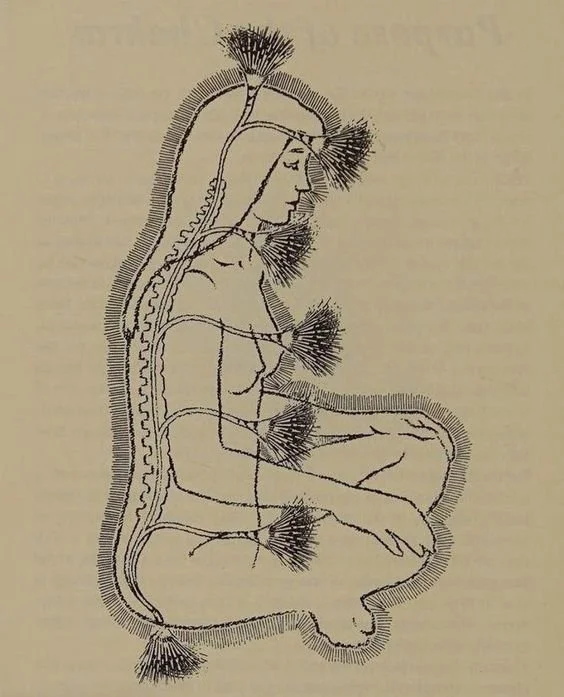Asana
/ˌæs.ə.nə/
One of the eight limbs of yoga, asana relates to the body and refers to a seat or posture (or sequence of) that prepares the body for meditation.
Yoga has played a transformational role in my life as a student and facilitator.
Through the practice I have felt my own body wisdom and the connection between fragmented parts of me.
I have witnessed the journey as students meet their physical and mental edges on the mat, and this safe container to do so then ripples outside the Yoga room as their awareness expands. Most of all, what accompanies yogis is a a sense of curiosity and play that has a profound effect on a person’s relationship with themselves and their world.
As Bessel Van Der Kolk stated, “As I often tell my students, the two most important phrases in therapy, as in yoga, are “Notice that” and “What happens next?” Once you start approaching your body with curiosity rather than with fear, everything shifts.”
Lately I’ve also been reflecting on the magic of music and movement in a group setting, and how they offer a gentle gateway to self and collective regulation. Studies show that singing (or chanting mantra) and moving together can synchronise the vagus nerve which influences heart rate and breathing. It seems to me that in a world with a lot of differing opinion and information overload, Yoga has a place in attuning people to each other to bring alignment and presence as we navigate our differences.
pranayama
/ˌpraːnʌˈjaːməː/
prana - life force, yama - to gain control. A system of practices using breath as a tool to influence and harness the life force within
Breathing techniques to influence vitality to flow into the reservoirs of the subtle and physical body.
Through breath control we are able to direct and regulate prana to energise the body, to soothe the nervous system and transform our lives through our own self-healing.
“Breath is external manifestation of Prana, the vital force. Breath like electricity, is gross Prana. Breath is Sthula, gross. Prana is Sukshma, subtle. By exercising control over this breathing you can control the subtle Prana inside. Control of Prana means control of mind. Mind cannot operate without the help of Prana. The vibrations of Prana only produce thoughts in the mind. It is Prana that moves the mind. It is Prana that sets the mind in motion. It is the Sukshma Prana or Psychic Prana that is intimately connected with the mind. This breath represents the important fly-wheel of an engine. Just as the other wheels stop when the driver stops the fly-wheel, so also other organs cease working, when the Yogi stops the breath. If you can control the fly-wheel, you can easily control the other wheels. Likewise, if you can control the external breath, you can easily control the inner vital force, Prana. The process by which the Prana is controlled by regulation of external breath, is termed Pranayama. "
Swami Sivananda
when we see ourselves as breathing beings..
Pra - life force energy, Na - tiny unit of energy
Breath is the vehicle which carries life force energy. When we think of meditation and calming the ‘monkey mind’ we can see that our breath too has the ability to offer incredible support to the body.
The same way a mind that only seeks pleasure and isn’t regulated can lead to depletion, breath that carries life energy and is unrestrained can result in unnecessary burn out.
Prana, life force exists in all living things. It has the power to support the body by flowing through the nadis (nerves, energetic rivers of the body). So much of our life force stays dormant, waiting to be awakened by breath-led practices. By practising ancient techniques of pranayama, bandhas (locks) and mudras (gestures) we can self-regulate and take control of the breath reins, directing prana with intention.
Breathing is our most accessible tool to self soothe, heal the subtle and the physical both body and mind.
PRICING
Corporate sessions $200 for 60 minutes
Private sessions $160 for 60 minutes
Private sessions $180 for 75 minutes




